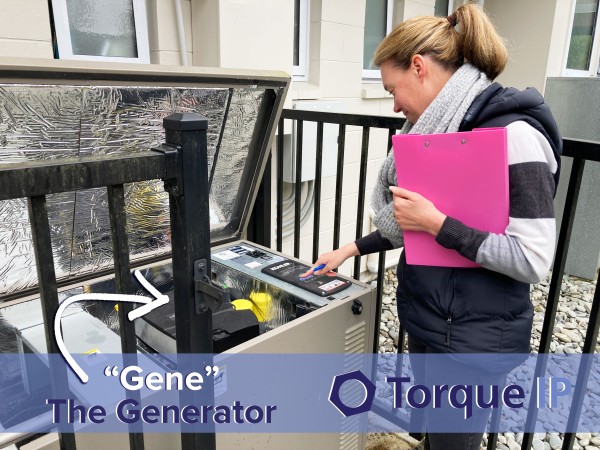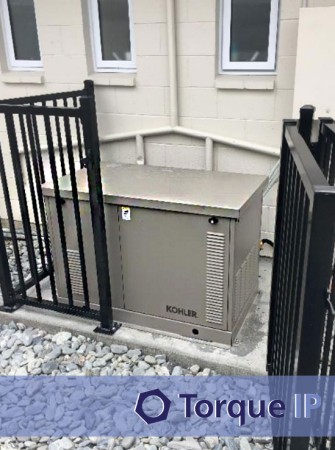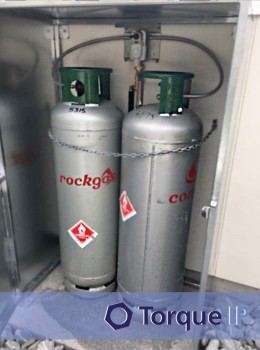The Resilience of Power Supply in Schools
Schools can be affected when the IT network and internet fails resulting in closure and all that this entails for travelling students. Torque IP was proud to be part of the pilot program with the Ministry of Education to deliver the best, most modern education possible.
The Challenge:
When schools as we know them first started opening in the early 19th century, there was no artificial light source – just candlelight. Even in the 1960s, classrooms often only had one 3 pin plug at the front of the classroom, generally for the use of a vacuum cleaner after 3pm. However, in the modern-day classroom, staff and students are highly dependent on a pervasive, uninterrupted electricity supply. The massive growth of Information & Communications Technology (ICT) is now central in both the operation of a school and the student learning curriculum.
Whilst urban schools enjoy a reliability of electricity supply, there are still isolated schools that encounter power outages, a remote East Cape primary school recorded over 85 hours of power outages during 2018. In addition to this, many remote schools are seldom connected to the mains water supply, relying completely on harvested rainwater which is also dependent on electricity to operate pumps to all facilities. Schools can also be affected when the IT network and internet fails resulting in closure and all that this entails for travelling students.

The Solution:
Having managed several large energy efficiency projects in New Zealand schools, Torque IP researched and developed several potential solutions that would both provide a resilience of electricity supply. Two initiatives were trialed:
Photovoltaic and Storage Systems:
In keeping with New Zealand’s supply of electricity from renewable resources at around 80%, a solution was sought that would rely primarily on renewable energy. Torque IP focused on a solution that would utilise energy gained from the sun and developed a tailored solution utilizing an array of photovoltaic (PV) solar panels, paired with a small set of Lithium Iron Phosphate batteries.
This proposed solution was trialed at two primary schools in the far north region during September 2019 as part of a Ministry of Education pilot program. In the event of a power outage, the energy from solar panels and from the storage batteries would be diverted to critical services such as telecommunications equipment, the school water pump(s), UV water purification filters and to supply general socket outlets in designated areas.

LPG Standby Generator:
Due to the geographical locations of some schools i.e. locations at the bottom of a valleys in remote hill country, the rooftops of these schools had limited exposure to direct sunlight. On this basis, a solar and energy storage solution was deemed non-viable. For these sites Torque IP researched other means of providing a resilience of the school electricity supply. One such means was the deployment of a standby generator.
A standby generator is a back-up electrical system that operates automatically within seconds of a power outage. On comparing the benefits and considerations of both diesel and LPG standby generators, it became quickly evident that the merits of an LPG powered generator would be a more suitable solution for very remote New Zealand schools. As a result, Torque IP procured and managed the deployment of a 15kW LPG standby generator at three trial sites.
Electrical systems at each site were configured in such a manner that the generator would support the school’s main ICT equipment, the water pump delivering the schools water supply, electrical lighting and socket outlets in key selected school spaces.

Torque IP was proud to be part of the pilot program with the Ministry of Education to deliver the best, most modern education possible.
Article by Mark Carter, ICT Consultant
Photograph's: Franz Josef Glacier School
Related Blogs
20 May, 2025
New to Torque IP: Welcome Jono Willis
We’re excited to welcome Jono Willis to the Torque IP team. His tech journey began with a BBC Micro and a tape drive – and it hasn’t slowed down since, with standout projects such as the University of Auckland's Recreation & Wellness Centre and establishing the Auckland University of Technology’s South Campus at the former Carter Holt Harvey site in 2010. With a passion for AV, ICT, and solving complex problems for clients, he’s ready to help shape smarter, and more connected spaces with the team at Torque IP.
Technologies